How To Care For Determinate vs Indeterminate Tomatoes
As an Amazon Associate and member of other affiliate programs, I earn from qualifying purchases.
For the home grower, knowing the difference between indeterminate tomatoes and determinate tomatoes will help you keep your plant healthy and growing more fruit.
Why is that?
Because the way you tie up and prune your tomato plants does affect the quantity and quality of fruit you get from it.
Understanding how to treat determinate tomatoes differently from indeterminate tomatoes can mean the difference between a mediocre harvest and a bumper crop of tomatoes.
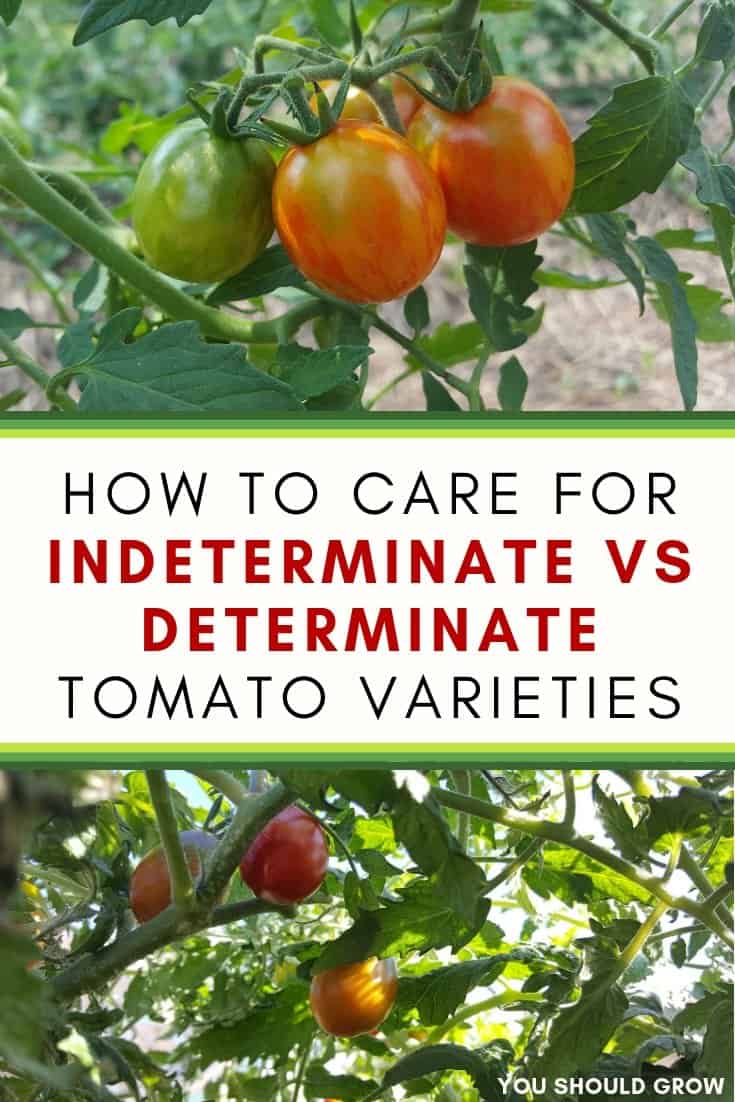
How determinate tomatoes and indeterminate tomatoes differ
The terms determinate and indeterminate are descriptions of how a tomato plant grows. On the most basic level, that really just means that one type of plant grows and grows without end and the other experiences growth for a limited amount of time.
But it’s not just the length of time that they grow that’s different. The way the flower and set fruit are also distinct. So we’ll cover not just how determinate vs indeterminate tomatoes grow, but also what to do to encourage your plants to grow bigger and better fruit.
Determinate tomatoes
Determinate tomatoes have a predetermined lifespan which makes them smaller and bushier than indeterminates. Determinate tomato plants will also set and ripen all their fruit at once and then die.
Commercial growers love determinate tomatoes because they can run through and harvest the tomatoes, plant, and all once they’re done. Home canners enjoy that they get a large crop of paste tomatoes all at once to consolidate canning chores.
Because of the way they grow, determinate tomato plants have a lower leaf to fruit ratio. This means determinate tomatoes can have less flavor than indeterminate tomatoes, but there are still plenty of tasty tomatoes that grow on determinate plants.
Bush tomatoes
Determinate tomato plants are sometimes called bush tomatoes. Their bushy, as opposed to vining habit, makes them better suited to containers and small spaces than indeterminate varieties.
Even though determinate tomatoes send out suckers, pruning is not recommended as any limbs removed will decrease the amount of fruit you get off the plant. This makes them a good choice for beginners and anyone who wants a more compact plant.
That doesn’t mean that determinate tomato varieties are necessarily small. They can still be several feet high and wide.
Benefits of growing determinate tomatoes:
- You can get a large crop to ripen at once which is great for canning
- Pruning decreases fruit set
- They can be more appropriate for growing in containers
- These plants tend to be lower maintenance since you don’t need to prune and tie them up all season
Indeterminate tomatoes
Compared to determinate varieties, indeterminate tomatoes become massive vines and will continue to grow and produce new fruit until they are killed by disease or frost. Left to their own devices, they can become massive plants sprawling over 7 feet long and wide.
They produce lots of side shoots (also called suckers) and each one of those will grow as long as you let it. Not only that, but the suckers will have suckers which also make suckers. So it goes on and on until the plant dies.
Leaving an indeterminate tomato to grow unpruned can result in a crazy tangled mess. We like to tame ours by pruning them down to 1-3 main branches, but you don’t have to do that.
Pruning indeterminate tomatoes makes more fruit
Many times, unpruned indeterminate tomatoes make less fruit and the fruit you get is smaller in size. This is because the plant is continuously growing out new vines so less energy is put into making the actual tomatoes.
Pruning not only improves fruit set but also keeps the plants manageable and healthier by improving airflow and preventing hiding spots for pests.
To prune suckers off indeterminate tomatoes, pinch off the little limbs that sprout at the nook between a leaflet and the stem.
One thing that can be frustrating for beginners or busy gardeners is that pruning and tying up indeterminate tomato plants will be a continuous task throughout the season.
But the tradeoff is that there are more indeterminate tomato varieties and they tend to be more flavorful than determinate plants.
Growing indeterminate tomatoes:
- Use a very large container or plan for at least 4 square feet in your garden
- Think about how you’ll support your tomato plants as soon as you plant them
- Remember that pruning your plant is beneficial for getting more tomatoes as well as keeping your plant healthy
Semi-determinate tomatoes
You may see some tomatoes labeled semi-determinate. It’s harder to define semi-determinate because there isn’t an official agreement on what makes them semi-determinate.
They could be small indeterminate plants or large determinate plants. You’ll have to grow them and make notes about their habit to determine whether you think pruning is appropriate or not.
Dwarf and micro-dwarf tomatoes
Dwarf and micro-dwarf tomatoes are a fairly new to mainstream tomato growing community. In fact, the variety of dwarf and micro tomatoes has only been expanded since 2006.
Most dwarf and micro tomatoes behave like indeterminates in that they grow and produce until frost or disease kills them, although some behave like determinates and stop producing after a time.
- Dwarf tomatoes are characterized by short stature, often about 3 feet tall. They tend to have thick and sturdy stems and thick crinkled leaves. You have lots of options for color and fruit size with dwarf tomatoes since the dwarf tomato project.
Dwarf tomatoes can struggle in heat and humidity, but they are great options for growing in containers.
- Micro-dwarves are much smaller than dwarf tomatoes, often maxing out at about a foot tall. Micros can even be grown indoors as the plant can spend its entire life in a 4-inch pot. They are also suited to growing in hydroponic kits on your kitchen counter.
Micros are pretty much the most adorable tomato plant you’ve ever seen, but they’re also known for growing and producing very quickly. Some varieties boast tomatoes forming on the plant in under 30 days from seed.
Which type of tomato is right for your garden?
When you’re trying to decide which tomato varieties to grow, determinate vs indeterminate tomato plants are an important consideration.
For container gardening, you might lean toward a dwarf or determinate plant. If you’re looking for something that requires less maintenance, then determinate plants are definitely a better option.
If you want tomatoes off the same plant from July through September, you’d better choose an indeterminate plant. But the fact that a tomato is determinate or indeterminate is only one of the things to consider when choosing the right tomato variety for your garden.
Determinate vs indeterminate tomatoes…
Do you have a preference? Share your experience in the comments below!


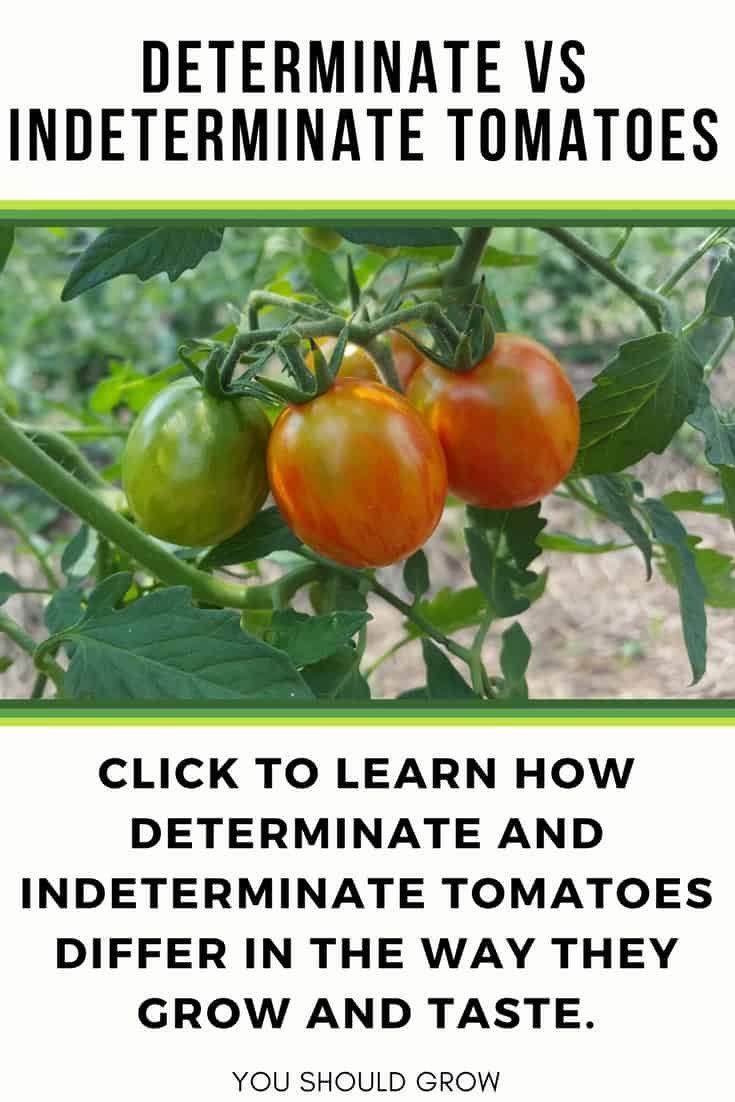
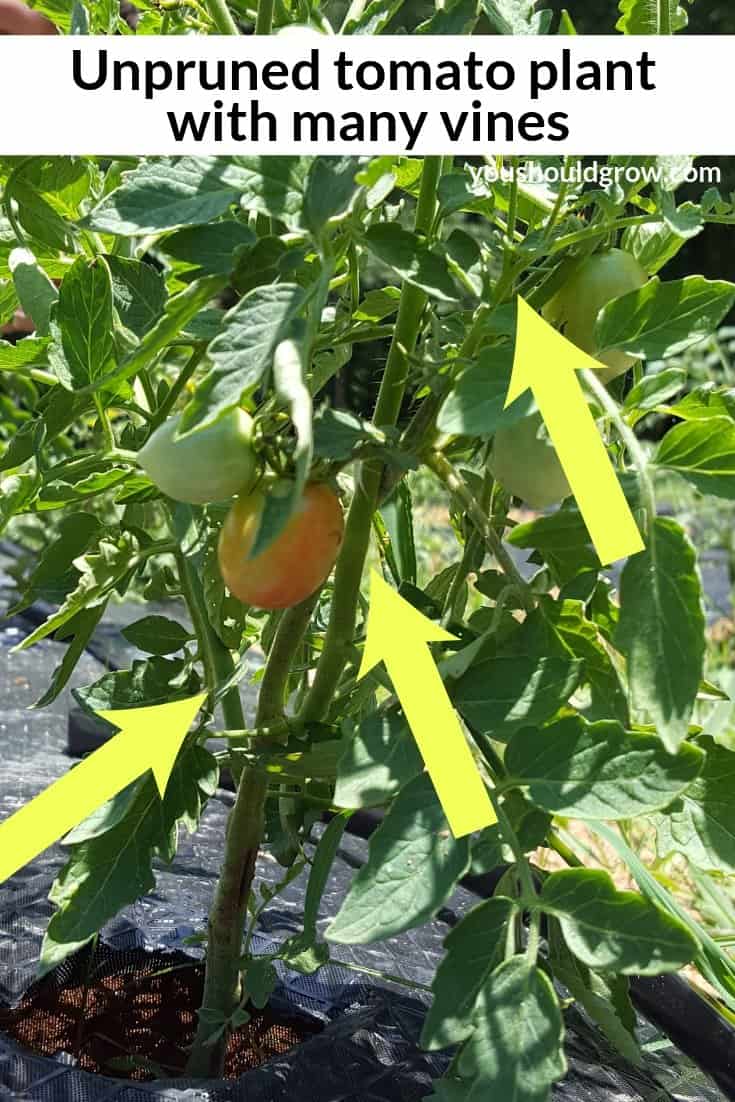
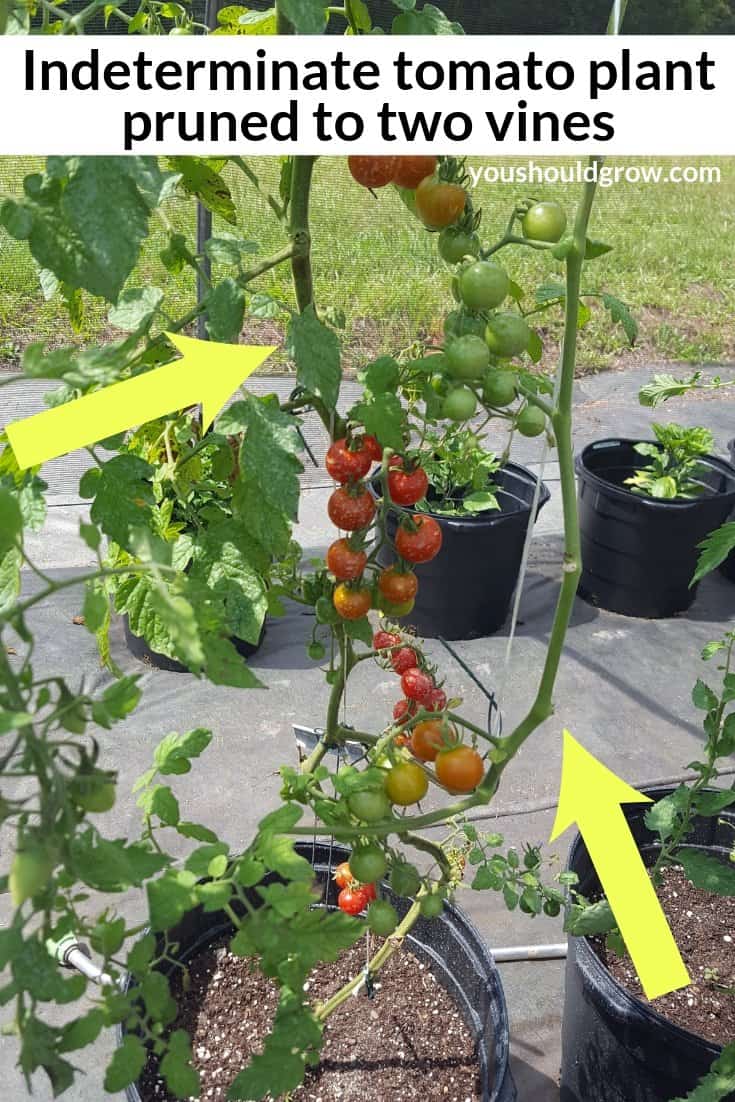
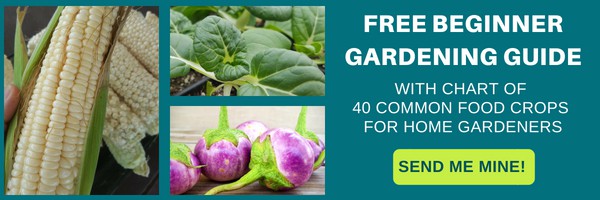
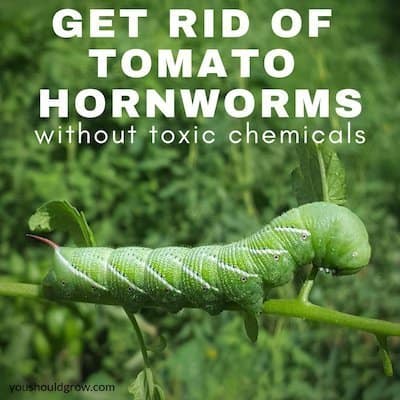
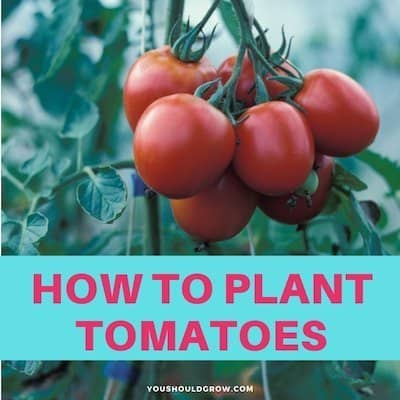
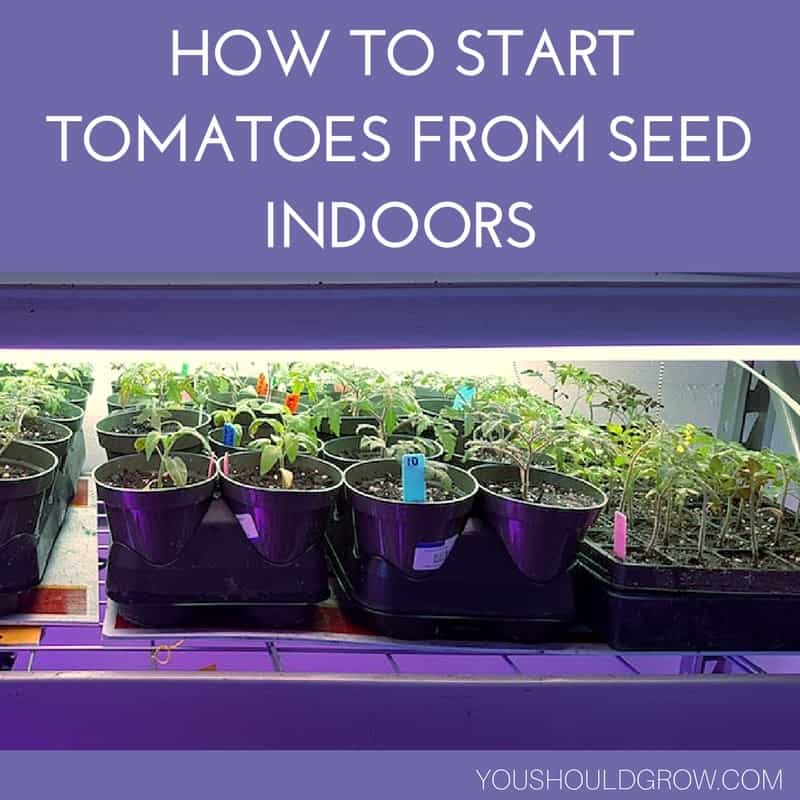
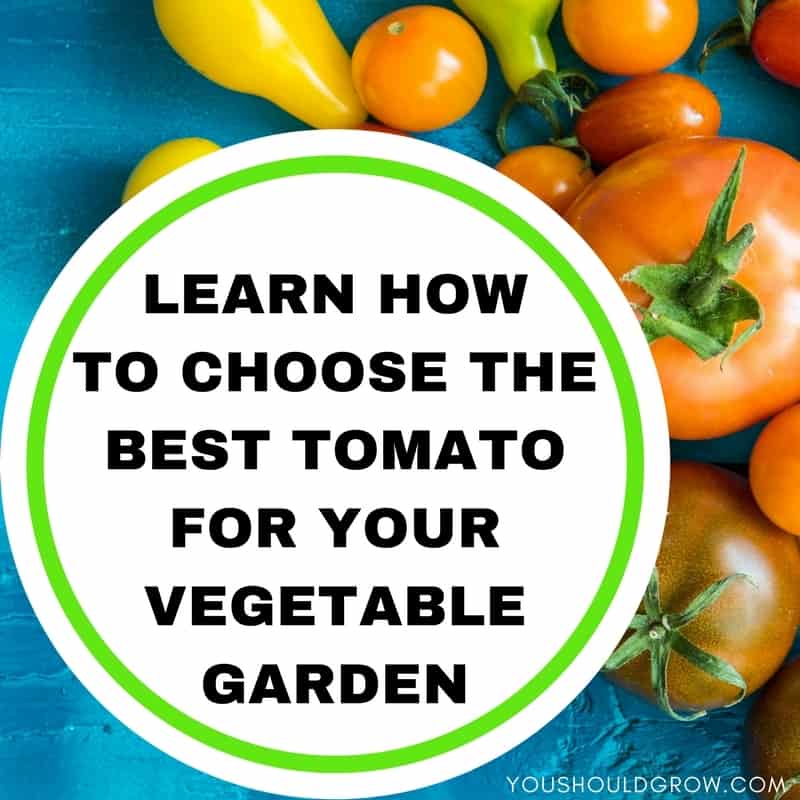
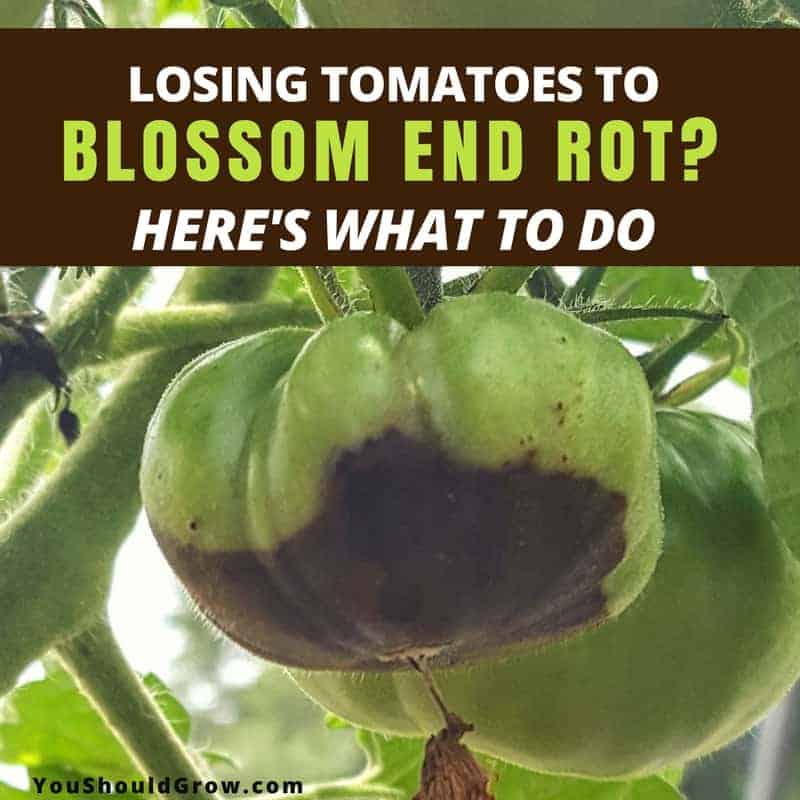
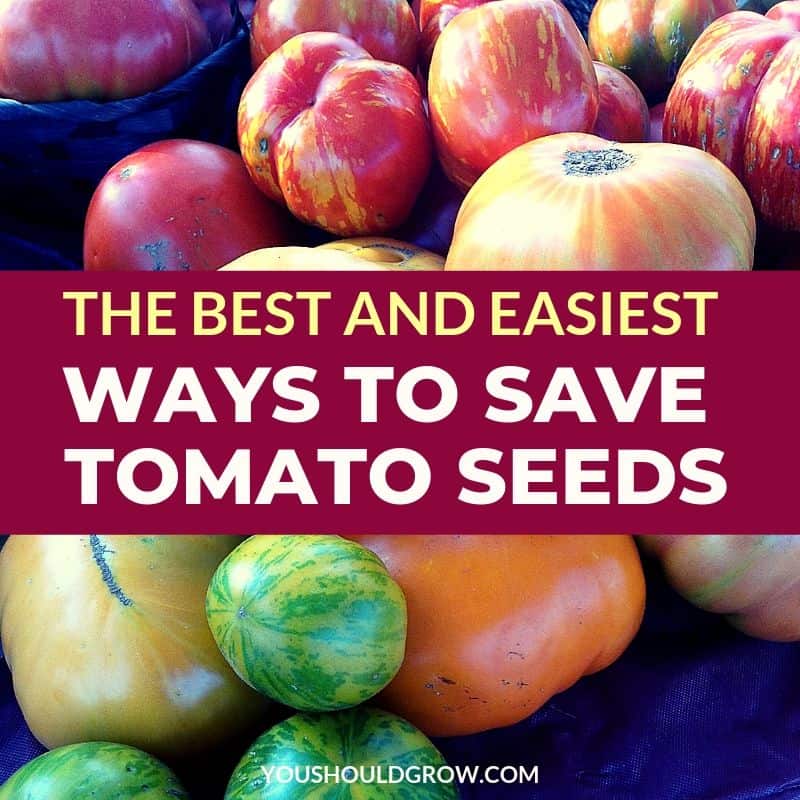
My one plant has small tomatoes that are yellow on top and red on bottom. I think it might be a determinate plant. What causes the yellow on the tomato ?
Hi, Donna! I’d need to see a picture to be sure. In some tomatoes, it is normal to have yellow or even green shoulders when they’re ripe. It just depends on the variety. If you want to post pictures and get some answers, please join me in my Facebook group. We will be happy to help more you there! facebook.com/groups/youshouldgrow